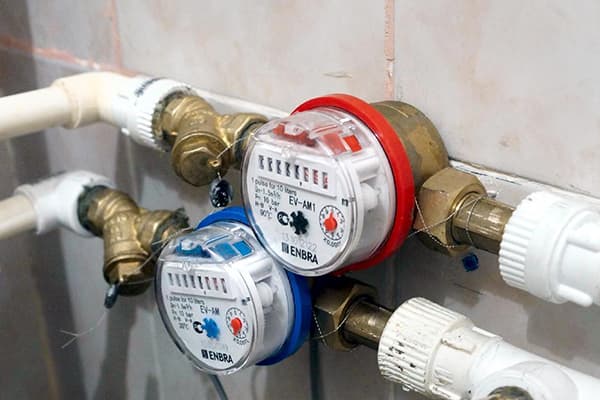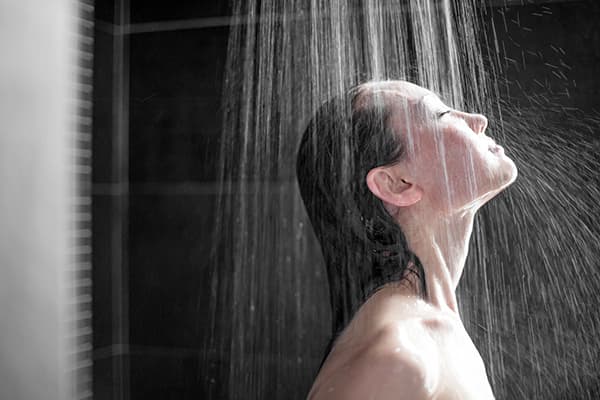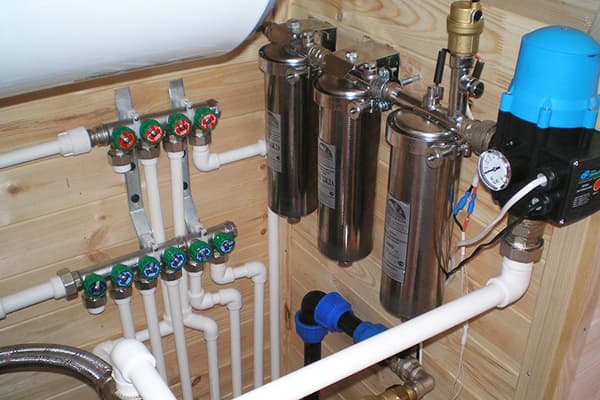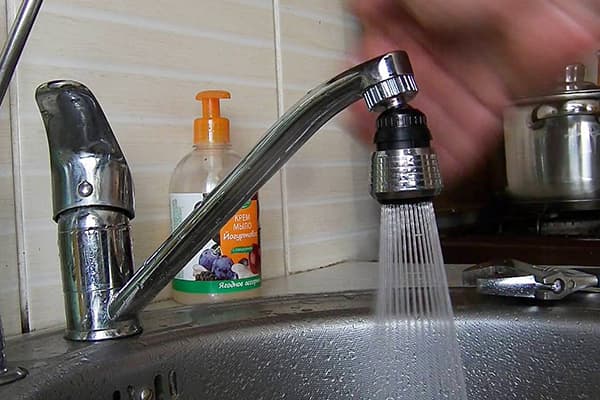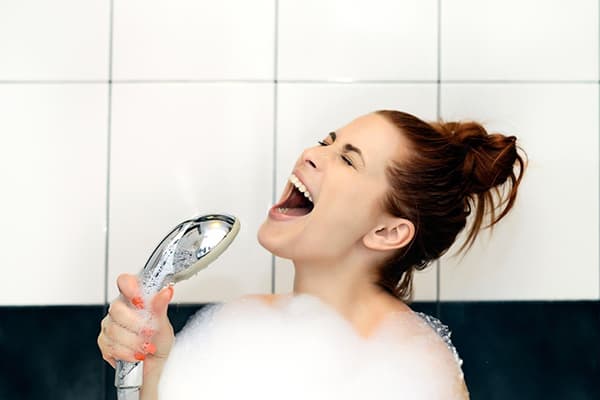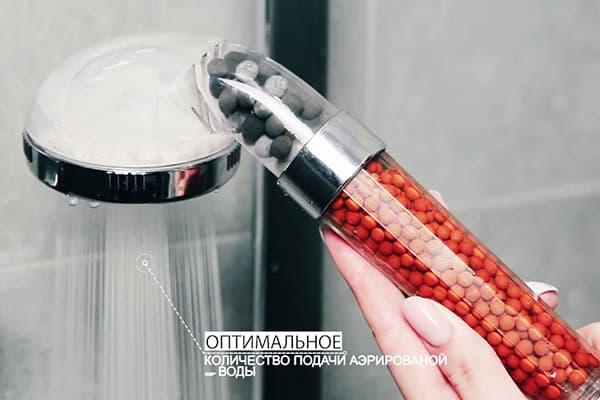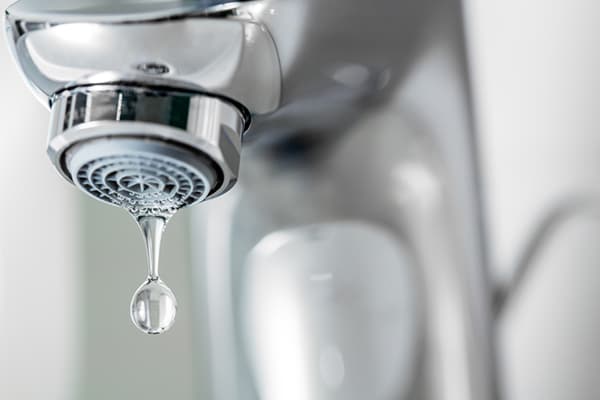How to save water in the apartment: legal ways, tips and secrets
Content:
The need to save water in the apartment today is clear to every Russian. There are economic reasons (constantly increasing water tariffs, a reduction in the real level of income), and environmental considerations. At the same time, most people are not ready to deny themselves the necessary level of comfort. Consider the best ways that provide real savings and are not related to breaking the law.
Why not break the law?
Having received the next payment receipt, demanding to part with a large amount when paying for the consumed water, many are thinking about how to “trick” the meter. However, all manipulations of this kind (for example, attaching to a magnet counter, rewinding readings with a vacuum cleaner and other options) are illegal, and we strongly recommend not resorting to them.
Attempts to stop the meter or distort its readings are easily determined:
- A magnet mounted on the housing leaves traces of magnetization on the parts of the water meter. These deviations from the natural magnetic field are determined using a device called the Teslameter. Such a device is at the disposal of any Vodokanal controller.
- Another trace left by illegal manipulations is scratches and chips on the case. The trained eye of the inspector easily detects such signs.
- An imbalance between the readings on the common (house) meter and the meter in the apartment. Two or three magnets are enough for the entrance to make the difference noticeable and Vodokanal sends inspectors to apartments.
From the point of view of the law, attempts to lock, brake or rewind the meter are classified as fraud. A punishment for such actions can be a large fine, and in case of repeated offense it is quite possible to go to jail for 2 years.
The need to pay a large fine, to suffer losses in reputation, to risk one’s own freedom makes any attempt to deceive unreasonable. This is especially obvious for people who are familiar with the methods of saving, not prohibited by law.
Water saving principles
It seems that saving water is quite simple: you just need to close the taps every time you do not use water. However, when you try to adhere to such a regime in everyday life, malfunctions often occur: either you don’t want to lose your configured comfortable temperature, you just fail the memory. After several such failures, the monthly payment again turns out to be large, and there is doubt that such savings will be possible to achieve anything.
Unsuccessful attempts are a sign of fundamental mistakes in planning a saving mode. Here are a few basic principles to keep in mind:
- Awareness and volunteerism. All family members must understand why it is necessary to turn off the taps on time and apply the other methods of saving. If someone begins to limit himself, and someone ignores the rules of economy, the efforts expended will not bear fruit.
- Awareness. Water meter is your reliable assistant in the struggle to preserve the family budget from overloads. Introduce weekly testimony into family practice with the calculation of the amount saved. This will clearly show the result of the efforts of all family members and will not let you forget in the name of what purpose the self-restraint system is used.
- Positive motivation. Introduce the practice of small material incentives for all family members at a time when it is possible to reduce water consumption. Even a very modest gift made to oneself or to loved ones will help to cheer you up and emphasize the importance of your efforts.
Main wish: achieving results is necessary without reducing the quality of life. The easiest way to save water is to stop washing, wash clothes or washing dishes. But for any rational person it is clear that such "simple decisions" are unacceptable, since their consequences are poor mood, poor health, and a decrease in the level of satisfaction with life.
General directions of saving
In order to correctly build a system of measures to combat water conservation, it is necessary to understand why the meters give large readings. To do this, it is worth observing family habits and everyday practices in everyday life for one to two months.
For each house, the set of necessary measures will be slightly different. However, some typical recommendations can be highlighted. Here's what the experts advise:
- Always maintain the condition of the plumbing installed in the apartment.
- Use proven water-saving techniques that have proven effective.
- Buy and install water-saving appliances at your earliest convenience.
- Optimize the use of household appliances (washing machine, dishwasher, etc.). Turning on the machine to wash a pair of socks is clearly impractical.
Of course, no one prohibits creativity. Perhaps you or your family will come up with new recommendations that will add to this list.
Save water in the kitchen
The kitchen is one of the places where you often have to use water. Washing dishes, culinary processing of products, maintaining the cleanliness of surfaces and equipment - all this costs.
Here's what experts recommend to optimize your kitchen:
- First step to reduce monthly consumption - installation of a special nozzle spraying water on the tap. This device can be easily mounted on any crane, and for the installation practically does not require the skill of plumbing. Using this device allows you to spend 40% less water compared to the usual monthly expense. This step provides significant savings and quickly pays for the cost of buying a nozzle.
- Second step - bulkhead plumbing devices. If rare drops fall from the tap, this will give about 150 liters of flow every month. If the leak is more noticeable, you get even greater consumption. Repair plumbing is as soon as possible. If it is immediately impossible to solve the leakage problem, it’s worth trying to at least collect the falling drops in the substituted containers, so that you can then use them for various needs.
- Third step - The correct organization of the process of washing dishes. Washing dishes under the tap is a waste by the standards of countries that have a long tradition of conserving natural resources. Of course, washing all the dishes in one basin, as is customary in England, seems too strange to us. But if you rinse dirty dishes first, then wash them with the product (closing the tap), and then rinse again, the savings will be noticeable.
Try to do the dishes immediately after lunch or dinner. Then the food residues do not have time to dry out, which means that washing will take much less time and waste less resources.
Consider using modern dishwashing technology. So, using a dishwasher saves up to 40 liters per day. Even the installation of a tap with a foot instead of the old model of a mixer with two screw wings can give some savings by reducing the time that is spent on each opening and setting.
Bathroom: what can you think of here?
The bathroom is another room in which a large flow of water is allowed.Periodic bathing, children's pranks with water while washing hands, frequent operation of the washing machine - all this significantly increases the total amount in the monthly payment document. Fortunately, optimization can also be achieved here.
- An important step is to replace the old faucet or repair the crane boxes. The economic effect of this operation is no less than in the kitchen. An additional step is to install a spray on the tap.
- Optimization of hygiene procedures also helps to reduce the figure in the payment. Taking a shower instead of a bath, brushing your teeth and shaving with a glass of water, rather than with the current stream, suppressing childish mischief allow savings of 40-50%.
- Optimization of the washing program also gives good results. If you do not turn on the machine half-empty and do not use unnecessarily long washing modes, it is quite realistic to use only 600 liters of water per month instead of 1000–1100.
Of course, creating a habit of saving water will require certain volitional efforts and emotional costs. But the result of such work is not long in coming.
Water-saving shower head: does it really help?
An effective solution to the problem of water conservation is an aerator mounted on the shower to save money. An ordinary shower head, depending on the design, lets from 1 to 12 liters of water in 60 seconds. This means that a ten-minute shower will bring a waste of 100-120 liters.
Manufacturers of economical shower sprays claim that such devices spend no more than 5 liters per minute. Operating experience shows that real savings, if they do not reach such optimistic indicators, are not significantly different from them. Saving 40 liters out of every 100 liters is a tangible effect that quickly pays for the purchase of a special nozzle.
Good plumbing - a necessary condition for saving
In order to avoid being scared of the amounts in the payment document each time you live in an apartment with a water meter, you need to pay special attention to the condition of the plumbing. The most common problem areas are dripping taps and a leaking toilet bowl. This problem is especially relevant when moving to new housing.
The water flow created by dripping taps, we have already described. Leaking drain tank is an even more insidious enemy of the economy mode. If the drops falling from the gander of the mixer are difficult to miss, then in the toilet a leak of the same force may not be evident. At the same time, such a leak will create a loss of 50 liters or more per day, and in a year the damage will already reach 18,000 liters! Such losses are completely unacceptable.
To detect leaks, monitor the behavior of the meter after draining the water. If the buzz in the tank has stopped, and the impeller continues to turn (with the taps closed), then there is a leak.
Even if the toilet does not lose water in vain, its design can be upgraded to reduce water consumption. The easiest way is to reduce the volume of the tank. You must either adjust the float or place a plastic bottle of 1.5–2 liters in the tank. These actions will reduce the amount of water lost per drain, but in some cases a reduced volume will not be enough. A more advanced way is to install a dual-mode button.
Saving water is a responsible process that requires the daily efforts of all family members. It will take several months to develop good habits, but the appearance of additional money in the family budget more than compensates for all the victims.
